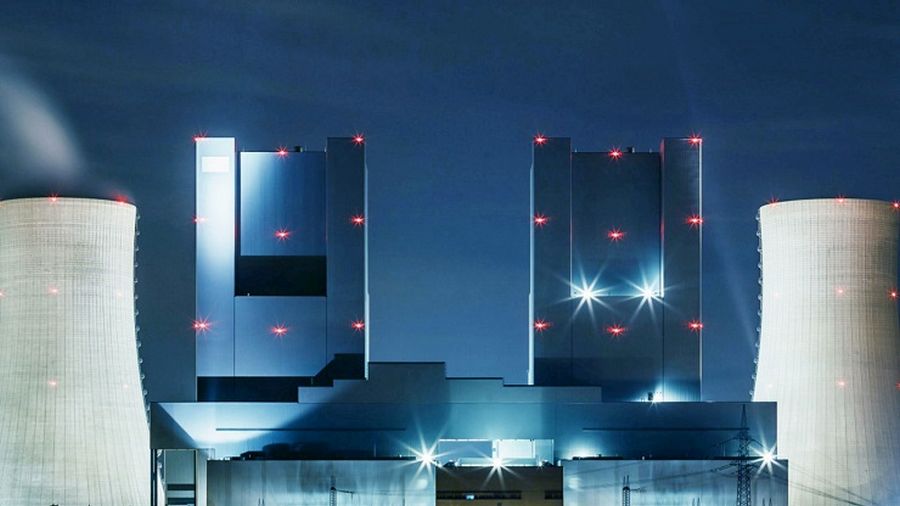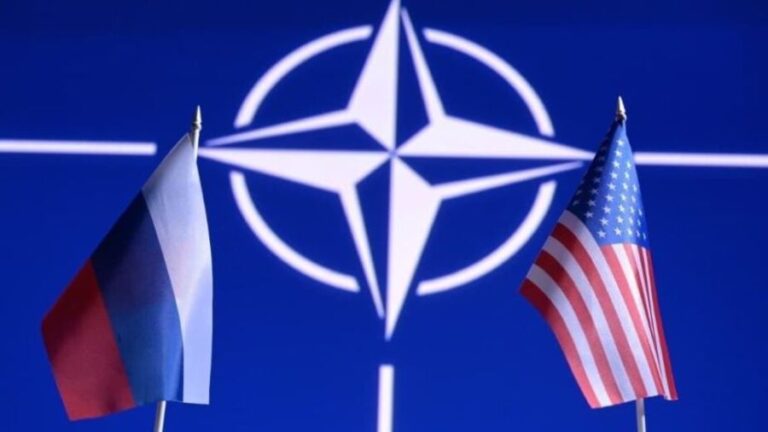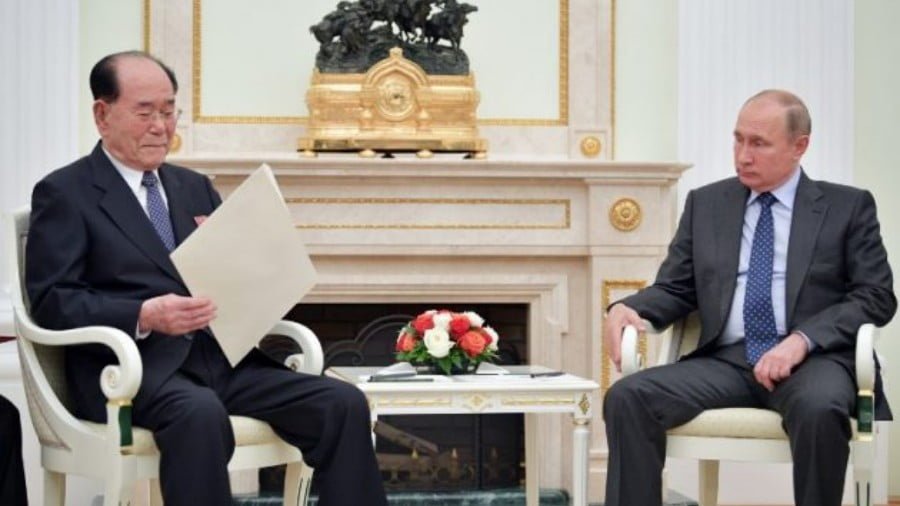Nuclear Power Causing Disagreements in the EU
Amid the world’s forced turn toward nuclear power and energy crisis, Europe had given serious thought to nuclear power’s future on the continent.
Currently, 31 countries operate nuclear power plants. The peak in nuclear power generation was recorded in 2006 (2,660 TWh), but overall, the share of nuclear power in global electrical power generation decreased from 17.6% in 1996 to 10.7% in 2021.
Italy was the first European country to shut down all existing nuclear power plants and completely abandon atomic energy.
On New Year’s Eve, three nuclear power plants were disconnected from the grid in Germany, instantly dropping the power generation by 5%. The decommissioning of Germany’s Brokdorf Nuclear Power Plant in Schleswig-Holstein is particularly symbolic, as anti-nuclear energy activists have actively opposed it since its construction. The decommissioned reactor’s residual heat is discharged into the Elbe via cooling systems. According to the management company, the Brokdorf NPP has generated more than 380 billion kilowatt-hours of electricity since it was connected to the grid in 1986.
Today, there are only three active nuclear power plants in Germany. These plants will also be decommissioned in a year after the country phased out nuclear power. The German government made this decision after the Fukushima nuclear disaster in 2011. However, Germany’s concerted opposition to nuclear power began far earlier. One of the fundamental conditions for forming a unified Germany during the change of eras, during the unification of the Federal Republic of Germany (FRG) and the German Democratic Republic (GDR), was the quick deactivation of nuclear power reactors. The Rheinsberg and Greifswald nuclear power plants in East Germany, which generated billions of dollars in cheap electricity, were shut down for good, and the construction of the Stendal Nuclear Power Station, where Russia’s VVER-1000 reactors were to be installed, was halted.
The nuclear power industry in Bulgaria also suffered after Rosatom’s (Russia’s state nuclear corporation) proposal to build the Belene Nuclear Power Plant had been refused amid the return of Crimea, subservience Western sanctions, and trendy environmental agenda by the Bulgarian leadership. At the same time, it wasn’t just the nuclear power industry in Bulgaria that suffered from the anti-Russian sanctions imposed by the USA, but in general, this country has faced a lot of energy security problems because it backed out of the South Stream project, following orders from the United States at the time, and now it sees how Turkey reaps all the benefits of being Europe’s southern gas hub.
But then 2021 came, and it suddenly turned out that the Kozloduy Nuclear Power Plant, with its old Soviet VVER-440 reactors and a pair of more modern Russia’s VVER-1000 reactors, is the only reliable source of power generation in the country. Moreover, according to the past year’s results, the NPP Kozloduy tripled its profit, earning $414 million!
Under these conditions, the French nuclear power industry has remained one of the most powerful in Europe. General Charles de Gaulle formed the French Atomic Energy Commission in the 1950s, headed by Frédéric Joliot-Curie, who was given the Nobel Prize for his work on the peaceful atom. Three years later, on December 15, 1948, the first French heavy water nuclear reactor was put into operation. After the 1973 oil crisis, the focus on nuclear energy became decisive in France. Today, 19 French nuclear power plants with 56 power generating units generate three-quarters of all electric power in the country and provide jobs for 40,000 people. France ranks first in the world in terms of the share of nuclear power in the country’s energy balance and second in terms of the absolute volume of electric power produced by nuclear power plants. For comparison, 99 power generating units operate in the USA, 58 in France, 42 in Japan, and 36 in Russia.
Most of the French nuclear power plants in operation were built in the late 1970s and early 1980s. Not a single new nuclear reactor has been commissioned in France this century. The French parliament adopted a decision in 2015 under German pressure and local environmental organizations which was to reduce the share of nuclear power in the country’s energy balance from 70% to 50% by 2025. For this reason, France was forced to postpone the construction of six new generation nuclear reactors and consider alternative energy sources.
However, more recently, these plans were adjusted by Paris after the French President Emmanuel Macron’s initiative to revive the country’s nuclear power industry. Lacking its own significant natural gas reserves and the ability to transform into a European gas hub thanks to a contract with the Russian Gazprom, like Germany, Macron visualizes nuclear power as a guarantee of French independence. He believes that France should continue to develop a nuclear power industry based on cutting-edge technology.
On the other hand, by opting for the peaceful atom France basically challenged Germany on this point. Dr. Jens Althoff, Head of Office at the Heinrich-Böll-Stiftung in Paris, said a year ago that the atomic issue created a deep crisis in relations between France and Germany and advised against France’s attempt to finance the nuclear-powered program at the expense of the European Union.
Therefore, the recent decision of France to resume the construction of nuclear power plants came as a complete surprise to everyone. At the end of 2019, without notifying any of its European partners, the French government instructed the energy concern EDF (Électricité de France) to prepare a project to commission six new generation nuclear reactors starting in 2021. EDF is an 80% state-owned company and operates all 58 operating nuclear reactors in France, many of which are nearing the end of their service lives.
It is impossible to compare Germany’s and France’s nuclear power industry issues because more than 70% of electricity generation comes from peaceful nuclear power in France, while it was only 25% in Germany before the Fukushima nuclear disaster, and now even less. In this context, Germany has a much easier time abandoning nuclear energy than France. Therefore, as expected, France sent a letter to the European Commission, having earned the support of Bulgaria, Hungary, Poland, Slovakia, Slovenia, Romania, Croatia, the Czech Republic, and Finland, demanding to recognize nuclear power as safe for the environment.
Stepping into 2022, a united Europe took with it a maze of long-standing internal problems that have combined to test this geopolitical union for strength once again. And one of these litmus tests was the attitude towards the future of nuclear power industry on the continent. The UK media, citing their sources in Brussels, reported that the European Commission would shortly cooperate for investments in the nuclear and gas energy sectors. The inclusion of gas preferences in the package is intended to appease Germany and Austria, which import Russian gas.
In other words, the European government is ready and urgently asks all its partners to recognize the atom and natural gas as environmentally friendly energy sources. And this will automatically lead the two indicated directions out of the global restrictions aimed at curtailing the traditional energy and transition to alternative sources. Nuclear power is an environmentally friendly and sustainable source of energy. Currently, the European Commission does not hide its intentions that electricity should be produced at nuclear power plants for decades.
As expected, the Greens from the traffic light coalition of Germany are primarily against the initiative of Brussels. They are mainly concerned about the unclear issue of nuclear waste disposal. Also, the German initiative is understandable. While Berlin has been deliberately abandoning the atom in favor of far more expensive gas and volatile renewable energy sources for decades, its neighbors have been watching the German experiment with interest. And when it became clear to everyone that even prosperous Germany could not afford such transitions, other EU members just changed their minds. As a result, Germany is the only one who rigorously fulfilled all the requirements of nuclear power reduction, so now it’s the only loser. And Germany’s contract with Gazprom and cooperation with Russia is particularly meaningful for it in this context.
According to European Commissioner for Internal Market Thierry Breton, the European Union needs to invest up to 500 billion euros in creating nuclear power plants of a new generation, and 50 billion euros are required to maintain the operation of existing nuclear power plants. At the same time, Breton is confident that the goal is achievable since investments will be facilitated by the European plan currently under discussion, which recognizes nuclear energy as “green.” Moreover, modern science does not stand still: today, Russia has developed and tested technology to utilize regenerated uranium and plutonium. In November, the Siberian Chemical Combine in Seversk produced the first commercial batch of REMIX fuel rods with uranium-plutonium pellets, which will be used in standard VVER-1000 reactors.







